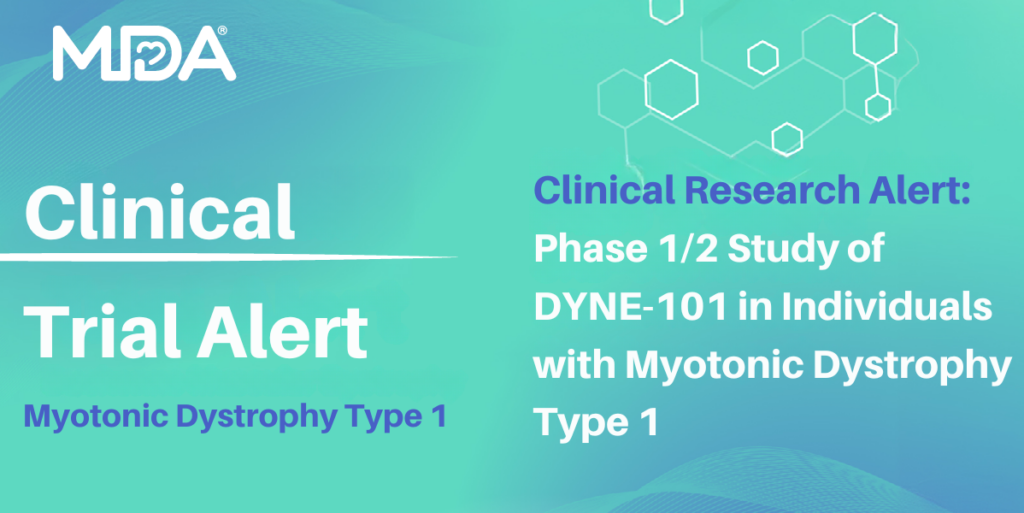
A New Direction for Charcot-Marie-Tooth Disease
By MDA Staff | Wednesday, February 16, 2022
A Q&A with Stephan Zuchner, MD, PhD
Charcot-Marie-Tooth disease (CMT) is not one disease but a spectrum of nerve disorders. It is named after the three physicians who first described it in 1886: Jean-Martin Charcot and Pierre Marie of France and Howard Henry Tooth of the United Kingdom.
CMT affects the peripheral nerves that run through the arms and legs, connecting the brain and spinal cord to the muscles and sensory organs. It occurs in approximately 1 in 2,500 people.
To learn more about CMT, we spoke with Stephan Zuchner, MD, PhD, a professor and chair of the department of Human Genetics at the University of Miami. Dr. Zuchner’s scientific interests lie in mapping disease genes and genomic variation related to disease.

Stephan Zuchner, MD, PhD
What causes CMT?
We also refer to CMT as “inherited neuropathies,” which indicates that these diseases have a genetic basis and, therefore, often run in families.
There are at least 100 different types of CMT, and every year, more disease-causing genes are being discovered. Each type of CMT is defined by the specific gene that is not working correctly. All CMT variances show similar clinical symptoms, but the severity of conditions varies with different genes.
What are the symptoms of CMT?
The most important symptoms of CMT are weakness and sensory deficits. When the nerves connected to the muscles do not work properly, individuals start having weakness in their feet and hands, which affects their ability to walk and their fine motor skills. Some end up using wheelchairs, and many struggle with basic tasks such as buttoning up a shirt or using utensils. People with CMT also struggle with day-to-day sensory functions, such as feel, touch, and temperature.
Have there been any recent advances in treatment?
Although no treatments currently can stop or reverse CMT, we have seen over the last decade increased interest within the pharmaceutical industry and exciting new ideas for how to develop and test new therapies. There is an optimism in the field that things like genetic therapies could really begin to make a difference for CMT patients.
What treatments are being researched?
A small number of clinical trials are underway or planned for specific types of CMT, such as CMT1A and SORD neuropathy. The latter originated from our own gene discovery work and will likely go from publication to trial treatment in 24 months. There are also several projects in the research stage using genetic therapies to correct the genetic cause of CMT.
In general, genetic therapies are a fairly new type of medicine, so there are still many questions surrounding these treatments — but clearly, the industry is moving in this direction. In fact, an approved genetic therapy for spinal muscular atrophy (SMA), is a very good example of this approach, because it targets the same nerve cells that are not working correctly in CMT.
Read more Q&As about neuromuscular disorders in the Quest Rare Disease Spotlight.
How Is CMT Inherited?
CMT can run in a family, even when there is no obvious family history. The condition can be inherited in three different ways — autosomal dominant, autosomal recessive, and X-linked — and some of these inheritance patterns can be difficult to trace through a family tree. To learn more about inheritance of neuromuscular diseases, read “Family Inheritance.”
TAGS: Clinical Trials, Gene Therapy, Healthcare, Innovation, MDA Q and A, Spotlight
TYPE: Featured Article
Disclaimer: No content on this site should ever be used as a substitute for direct medical advice from your doctor or other qualified clinician.




